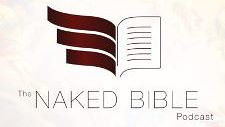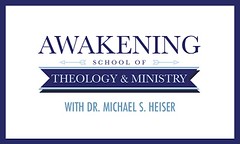The observant reader may wonder, “was there something more to the Pharaoh’s deification than meets the eye?” The cult center of Amun-Ra at Thebes may hold the answer, as it was the site of the largest religious structure ever built—the temple of Amun-Ra at Karnak—and the location of many extraordinary magical rituals. The great Temple with its 100 miles of walls and gardens (the primary object of fascination and worship by the nemesis of Moses—the Pharaoh of the Exodus, Ramses II) was the place where each pharaoh reconciled his divinity in the company of Amun-Ra during the festival of Opet. The festival was held at the Temple of Luxor and included a procession of gods carried on barges up the Nile river from Karnak to the Temple. The royal family accompanied the gods on boats while the Egyptian laity walked along the shore, calling aloud and making requests of the gods. Once at Luxor, the Pharaoh and his entourage entered the holy of holies where the king joined his ka (the mysterious science or ritual is unknown) and transmogrified into a living deity, the son of Amun-Ra. Outside, large groups of dancers and musicians waited anxiously. When the king emerged ‘transformed,’ the crowd erupted in gaiety. From that day forward the Pharaoh was considered to be—just as the god ciphered in the Great Seal of the United States will be—the son and spiritual incarnation of the Supreme Deity. The All-Seeing Eye of Horus/Apollo/Osiris above the unfinished pyramid on the Great Seal represents this spirit… and prophesies his coming during the Novus Ordo Seclorum...
Read the complete article here.









No comments:
Post a Comment